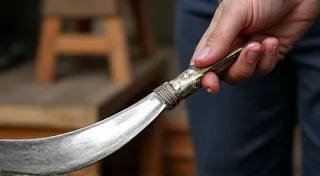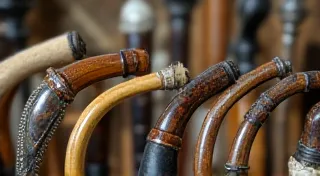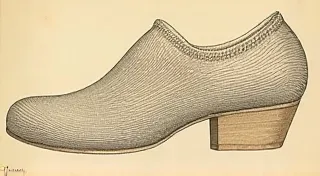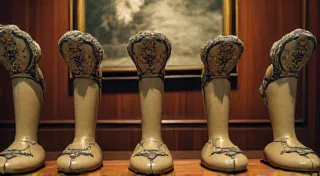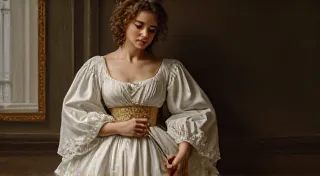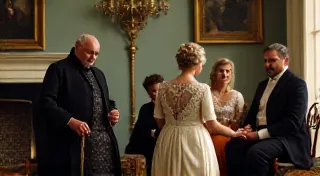Shoehorn Advertising Through the Decades: A Historical Look
Shoehorns, often overlooked today, were once essential accessories, and their prominence was reflected in the clever and often elaborate ways they were advertised throughout the 20th century. From simple newspaper mentions to elaborate displays in department store windows, the marketing of these practical tools offers a fascinating glimpse into the changing landscape of consumerism and fashion history. This article explores how shoehorns were advertised and marketed, highlighting the evolution of techniques and the cultural significance of these often-forgotten collectibles.
The Early Years: Newspaper Ads and Local Retailers (1900-1920s)
In the early 1900s, shoehorns were considered necessities, not luxuries. Advertising primarily took the form of small, unassuming mentions in local newspapers and catalogs. These ads often focused on the practicality of the shoehorn – emphasizing its ability to protect shoes and make putting them on easier. You'd find lines like, "Protect Your Boots! Buy a Durable Shoehorn Today!" or "Don’t Ruin Your Shoes – Use a Shoehorn!"
Retailers, including general stores, haberdasheries, and bootmakers, would stock shoehorns and feature them alongside other footwear accessories. While specific branding was present, the focus remained on the item’s function rather than high-end style. Price was a significant factor; shoehorns were affordable, and advertising often highlighted value for money. Early shoehorns were typically made of wood, bone, or horn, and these materials were mentioned in the ads to indicate quality and durability.
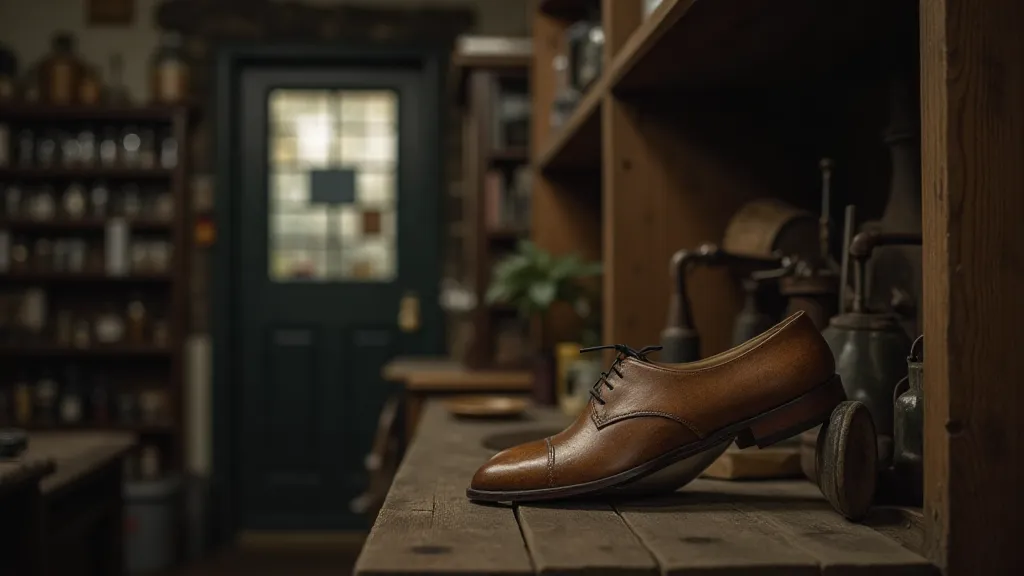
The Rise of Department Stores and Branded Accessories (1930s-1950s)
The 1930s and 1940s witnessed a shift towards more sophisticated marketing techniques. The rise of large department stores, like Macy’s, Harrods (for export markets), and Bloomingdale's, provided a platform for more elaborate displays and branding. Shoehorns, now recognized as accessories that complemented a person's style, received more attention.
Advertisements started focusing not just on utility but also on elegance and craftsmanship. Companies began to brand their shoehorns with logos and names, associating them with quality and prestige. New materials like sterling silver, bakelite (early plastic), and tortoiseshell became increasingly popular, and advertisements proudly highlighted these luxurious additions. You're more likely to see copy like, "Sterling Silver Shoehorn – The Perfect Accent to Your Finest Footwear." The popularity of these items coincided with a greater understanding of the role fashion played in society - a subject many writers explored, leading to a renewed appreciation for these unique tools.
Window displays became a key element of marketing. Department stores would create elaborate scenes showcasing shoehorns alongside fashionable shoes and clothing. These displays were designed to entice shoppers and create a desire for these seemingly indispensable accessories. The period saw a general rise in the popularity of accessories, driven by a desire to express personal style and reflect changing social trends. Examining the history of the shoehorn is a perfect way to understand how the overall development of fashion unfolded.
Post-War Prosperity and the Age of Color (1950s-1970s)
The post-war economic boom brought about a period of unprecedented consumerism. Advertising for shoehorns became even more visually appealing, incorporating vibrant colors and appealing to a broader audience. Magazine advertisements featuring glamorous models using shoehorns alongside high-end shoes became common. These ads focused on the elegance and sophistication that a shoehorn could bring to a person’s overall look. The evolution of women’s shoehorns during this period is especially noteworthy, with designs becoming more elaborate and feminine to align with the era's fashion trends. For a deeper look at these stylistic changes, check out the article on The Evolution of Women's Shoehorns: Form and Function.
Manufacturers began experimenting with different shapes and designs. Art Deco influences from the 1920s and 1930s made a resurgence, resulting in sleek, geometric shoehorns. Bakelite shoehorns, available in a wide range of colors, became particularly popular, reflecting the era's fascination with modern plastics.
Television advertising was just beginning to emerge during this period. While dedicated shoehorn commercials were rare, they occasionally appeared as part of larger accessory promotions. Beyond the advertisements themselves, the very concept of how products were presented and marketed underwent a significant transformation, impacting consumer behavior and shaping the landscape of modern commerce.
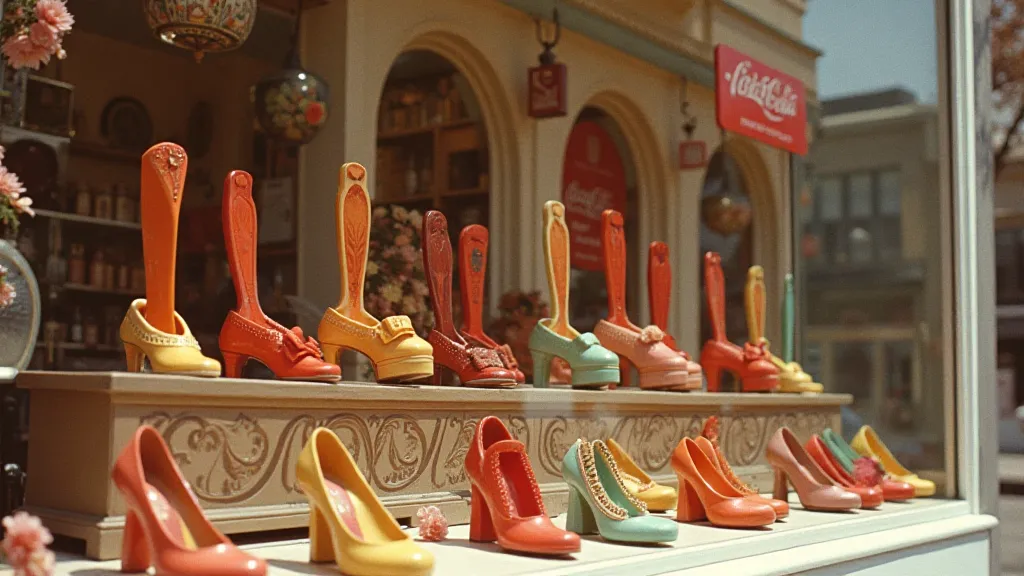
The Decline and Resurgence (1980s-Present)
The 1980s marked a decline in the popularity of shoehorns. The rise of elasticized footwear and slip-on shoes reduced the perceived need for these accessories. Advertising dwindled, and shoehorns became more of a niche item, often found in specialty stores or as gifts. The focus shifted to practicality and ease of use, leaving little room for the somewhat specialized function of a shoehorn.
However, in recent years, there has been a resurgence of interest in vintage accessories and a renewed appreciation for quality craftsmanship. Collectors are actively seeking out antique shoehorns, recognizing their historical significance and aesthetic appeal. Online marketplaces and auction sites have played a crucial role in connecting buyers and sellers, fueling this renewed interest. Understanding the broader context of this fascination with vintage items requires knowing about the incredible history of these items, and how their use and design changed over the years - a topic explored in greater detail in The Rise of the Shoehorn: A Fashion Essential Through the Ages.
While large-scale advertising for shoehorns is virtually nonexistent today, smaller businesses catering to collectors and vintage enthusiasts occasionally feature them in their online shops or catalogs. These advertisements often focus on the unique history and beauty of these forgotten treasures. Collectors, especially, are keen on understanding the markings and hallmarks that distinguish genuine antique pieces from reproductions.
Collecting Shoehorn Advertising Ephemera
Beyond the shoehorns themselves, collectors often seek out advertising materials from the 20th century. Newspaper clippings, magazine ads, catalog pages, and even old store displays offer valuable insights into the marketing techniques of the era. These ephemera provide a tangible connection to the history of shoehorn advertising and add another layer of interest for serious collectors. These advertisements often provide a fascinating glimpse into the social and cultural values of the time, as well as the prevailing design trends. The wide variety of materials available also allows collectors to piece together a rich and detailed picture of how these items were marketed over the decades. Understanding these subtle differences can be crucial in determining the authenticity and value of advertising materials.
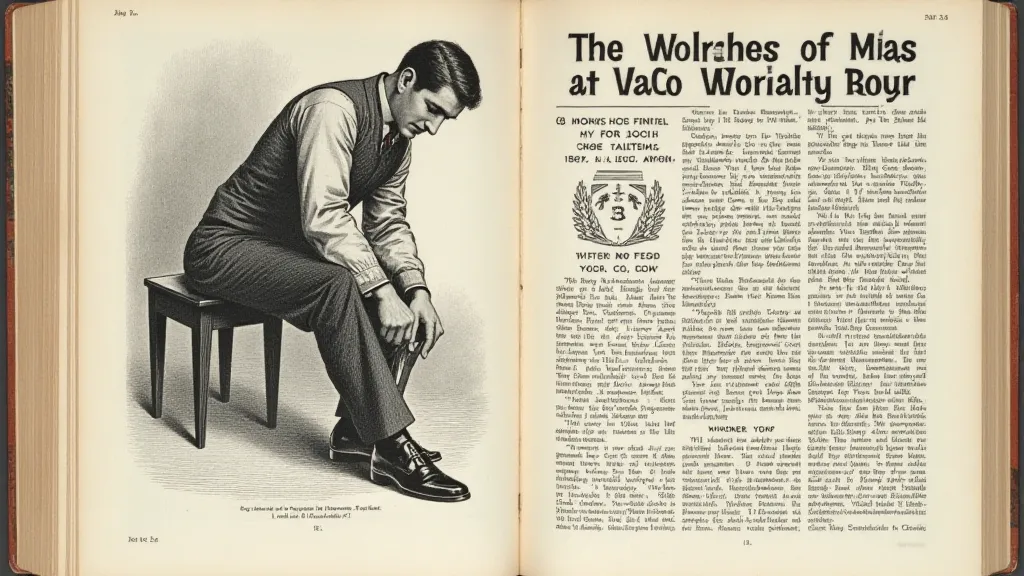
Understanding Shoehorn Styles and Materials
The beauty of antique shoehorns isn’t just in their usefulness but also in their intricate designs and the quality of their materials. Throughout the years, shoehorns have been crafted from an astonishing array of substances, ranging from humble wood and bone to luxurious silver and exotic materials like ivory. The style also varied immensely, reflecting the prevailing design trends of each era. The elegance and artistry of the designs often made the shoehorn a prized possession, and an indicator of the owner’s taste and refinement. One of the key factors in appreciating a vintage shoehorn is understanding the history of these different styles and materials and how they evolved over time. For those interested in learning more about the nuances of design and material composition, Shoehorn Styles: From Simple to Ornate - A Collector's Guide provides a detailed overview.
Hallmarks and Makers: Identifying Your Antique Shoehorn
Many antique shoehorns, particularly those crafted from precious metals like silver, bear hallmarks – small stamped markings that indicate the metal's purity and the maker’s identity. These hallmarks can be a vital clue for dating and assessing the value of an antique shoehorn. Identifying these marks requires some specialized knowledge of assay offices and maker's signs. Knowing how to decipher these marks can unlock a wealth of information about the history and provenance of your treasured find. For a deeper understanding of these important clues, check out The Markings on Vintage Shoehorns: Understanding Hallmarks and Makers.
Conclusion
The history of shoehorn advertising provides a fascinating lens through which to view the evolution of consumer culture and fashion trends. From simple newspaper ads to elaborate department store displays, the marketing of these once-essential accessories reflects the changing values and aspirations of each era. Today, vintage shoehorns and the advertising materials that accompanied them are cherished by collectors, offering a glimpse into a bygone era of style and elegance.
